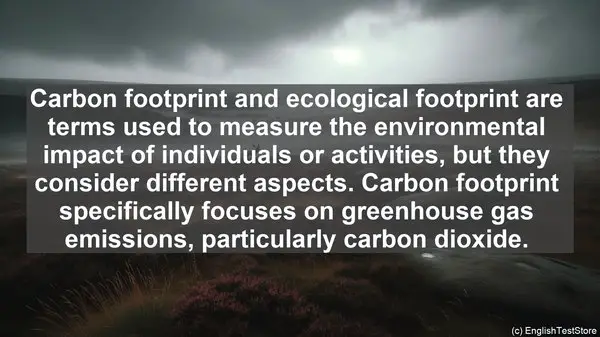Introduction
Welcome to today’s lesson on ecological design. In this lesson, we’ll be focusing on the top 10 commonly confused words in this field. Understanding these terms is crucial for any student or professional in the realm of ecological design. So, let’s dive right in!

1. Sustainability vs. Resilience
One of the most common confusions in ecological design is between sustainability and resilience. While both terms are related to the environment, they have distinct meanings. Sustainability refers to the ability to maintain a certain level or condition over the long term. On the other hand, resilience is the capacity to recover quickly from disturbances or shocks. So, while sustainability focuses on continuity, resilience emphasizes adaptability.
2. Biodiversity vs. Species Richness
Biodiversity and species richness are often used interchangeably, but they aren’t the same. Biodiversity encompasses the variety of life forms in an ecosystem, including genetic, species, and ecosystem diversity. Species richness, however, specifically refers to the number of different species present. So, while species richness is a component of biodiversity, it doesn’t capture its entirety.
3. Habitat vs. Niche
Habitat and niche are terms that describe an organism’s place in an ecosystem, but they have distinct meanings. A habitat is the physical environment where an organism lives, including the biotic and abiotic factors. On the other hand, a niche is the role or function an organism has within its habitat, including its interactions with other species. So, while habitat is about location, niche is about the organism’s ecological role.
4. Restoration vs. Rehabilitation
Restoration and rehabilitation are often used interchangeably when discussing ecosystem management, but they have different objectives. Restoration aims to bring an ecosystem back to its original, pre-disturbance state, often involving active interventions. Rehabilitation, on the other hand, focuses on improving or enhancing the ecosystem’s functions, even if it can’t be fully restored. So, restoration is about returning, while rehabilitation is about improving.
5. Renewable vs. Non-renewable Resources
Renewable and non-renewable resources are terms that describe the availability and replenishment of natural resources. Renewable resources, like solar or wind energy, can be naturally replenished over time. Non-renewable resources, such as fossil fuels, exist in limited quantities and cannot be easily replenished. Understanding the difference is crucial for sustainable resource management.
6. Ecosystem vs. Habitat
Ecosystem and habitat are related concepts, but they aren’t interchangeable. An ecosystem is a complex web of interactions between living organisms and their environment, including both biotic and abiotic components. A habitat, as mentioned earlier, is the physical place where an organism lives. So, while a habitat is a part of an ecosystem, an ecosystem is a broader, more comprehensive concept.
7. Mitigation vs. Adaptation
Mitigation and adaptation are terms often used in the context of climate change. Mitigation refers to actions taken to reduce or prevent the severity of climate change, such as reducing greenhouse gas emissions. Adaptation, on the other hand, focuses on adjusting to the changes that are already occurring, like building infrastructure to withstand extreme weather events. Both are essential strategies in addressing climate change.

8. Indicator Species vs. Keystone Species
Indicator species and keystone species are both important in ecological assessments, but they serve different purposes. Indicator species are those that can provide insights into the overall health or condition of an ecosystem. Keystone species, on the other hand, have a disproportionately large impact on their environment, often playing critical roles in maintaining the ecosystem’s structure and function.
9. Eutrophication vs. Desertification
Eutrophication and desertification are two forms of environmental degradation, but they occur in different contexts. Eutrophication is the excessive enrichment of water bodies with nutrients, often leading to harmful algal blooms and oxygen depletion. Desertification, on the other hand, is the process of fertile land turning into desert, usually due to factors like climate change or unsustainable land use practices.
10. Carbon Footprint vs. Ecological Footprint
Carbon footprint and ecological footprint are terms used to measure the environmental impact of individuals or activities, but they consider different aspects. Carbon footprint specifically focuses on greenhouse gas emissions, particularly carbon dioxide. Ecological footprint, on the other hand, takes into account multiple factors, including energy use, water consumption, and land use. So, while carbon footprint is a part of ecological footprint, the latter provides a more comprehensive assessment.
